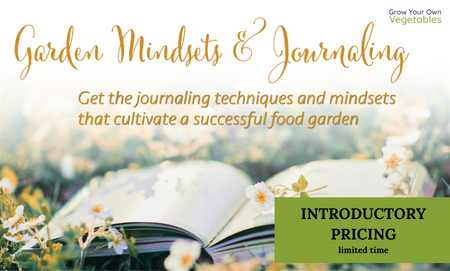Unlocking Nutrient Power in Microgreens
Many microgreen enthusiasts often overlook the importance of nutrition for their tiny greens. You might think that these miniature plants don’t need much to thrive, but that’s not entirely true. While some microgreen varieties can develop without additional nutrients, only by providing the right nourishment can you optimize their growth and nutritional content. Think of it this way: when you consume microgreens, you want the maximum health benefits. If the plants are nutrient-deficient, you’re missing out on the full spectrum of their potential. Discover the tips to unlocking the nutrient power in microgreens.
The Secret to Larger, Nutrient-Packed Harvests

The key to enhancing your microgreens lies in the timing and type of nutrition you provide. A seed carries enough nourishment to bring the plant to its first set of leaves. Beyond that, if your variety needs to grow past the cotyledon stage, additional nutrients become crucial. Without them, your plants might look underwhelming or even fail to thrive. By adding a well-balanced nourishment source, even during the cotyledon stage, you can grow microgreens that are both larger and richer in nutrients.
Choosing the Right Substrate Ratio
One effective way to nourish your microgreens is to introduce a high-quality, organic potting mix to their growing medium. Be cautious not to add too much potting mix to the ratio. It doesn’t take a lot of nutrients to grow healthy microgreens. But because they’re planted so close together, too much unsterilized substrate can cause harmful pathogens to take over. Remember, moderation is your friend. Start with a 10% potting mix ratio; it can go a long way in bringing out the vitality of your microgreens.
Going Liquid for Seamless Nutrient Delivery

If the idea of mixing potting mix into your sterilized substrate doesn’t appeal to you, consider liquid nutrients. The market is teeming with organic options that can give your plants a gentle but effective nutrient boost. Follow the directions on labels closely—seedlings are much more delicate than their mature counterparts and require a cautious approach. Start with a highly diluted mixture and gradually increase concentration. This trial and error will help you find the perfect blend for lush, nutrient-dense microgreens.
By giving your microgreens the nutrients they crave, you ensure that what you harvest is not only fresh and flavorful but also brimming with vitamins and minerals. This means every bite you take is as nourishing as possible. Feeding your microgreens is about more than just plant health—it’s about investing in your well-being. So, take the extra step, and your body—and taste buds—will thank you.
Want to Learn to Grow Microgreens?
It’s easy when you start with these six.
⤵
What’s you’re favorite microgreen variety?












































